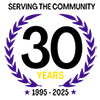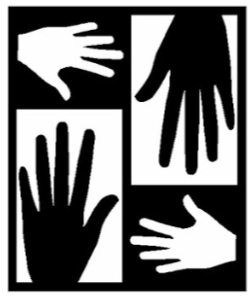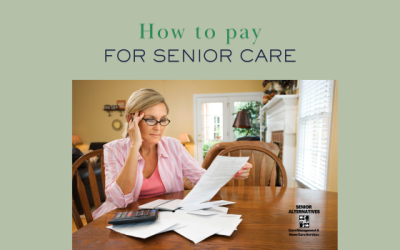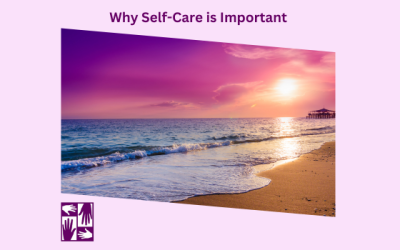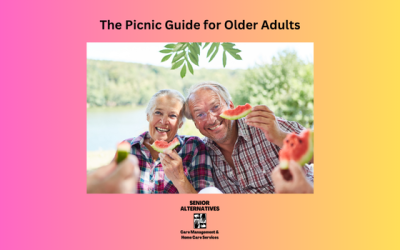September 19, 2025
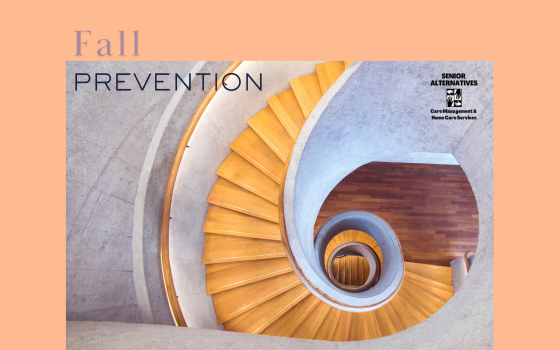
Planning
Stay Strong, Stay Safe: Fall Prevention for Older Adults
Maintaining independence and living life to the fullest is a goal we all share. As we get older, a simple trip or fall can have serious consequences, impacting our mobility and confidence. The good news is that most falls are preventable. By taking proactive steps to manage your health, improve your surroundings, and build strength, you can significantly reduce your risk of falling.
This guide will walk you through practical, actionable tips to help you or your loved ones stay safe and steady. We’ll cover everything from simple exercises to smart home modifications, empowering you to take control of your well-being.
Strengthen Your Foundation: Good Physical Health
A healthy body is your first line of defense against falls. Focusing on strength, balance, and flexibility can make a world of difference in your stability and how you move through your day.
Build Strength and Balance with Exercise
You don’t need to run a marathon to improve your physical fitness. Gentle, consistent exercise can help maintain muscle mass and sharpen your body’s ability to react to sudden movements.
- Balance Exercises: Simple activities can train your body to be more stable. Try standing on one foot for a few seconds, holding onto a sturdy chair for support. As you get more confident, you can increase the time or try it with your eyes closed. Walking heel-to-toe is another great way to practice your balance.
- Strength Training: Use light weights or resistance bands to strengthen your leg and core muscles. Simple exercises like chair squats (sitting down and standing up from a chair without using your hands) are incredibly effective. Strong legs provide the support you need to walk, climb stairs, and get up from
- Flexibility: Activities like Tai Chi or gentle stretching help keep your joints and muscles flexible. This allows for a greater range of motion, making it easier to move freely and avoid stiffness that can lead to missteps.
Talk to Your Doctor and Pharmacist
Regular health check-ups are crucial for fall prevention. Your healthcare team can identify and address underlying issues that might increase your risk.
- Medication Review: Some medications, or combinations of them, can cause side effects like dizziness, drowsiness, or lightheadedness. Schedule a review with your doctor or pharmacist at least once a year. They can assess your prescriptions and over-the-counter drugs to ensure they aren’t contributing to your fall risk. Never stop or change a medication without consulting your doctor first.
- Vision Check-Ups: Poor vision makes it difficult to spot hazards. Get your eyes checked annually to ensure your prescription is up-to-date. If you wear bifocals or progressive lenses, be careful on stairs. These lenses can affect your ability to judge distance, so it may help to tilt your head down to look through the top part of your glasses.
- Overall Health Assessment: Discuss any history of falls with your doctor. They can screen for conditions like vitamin D deficiency, low blood pressure, or inner ear problems that can affect your balance.
Create a Safe Spaces: Your Home Environment
Your home should be a place of comfort and safety, not a collection of hidden hazards. A few simple adjustments can make your living space much safer and easier to navigate.
Clear the Pathways
The most common cause of falls at home is tripping over objects. Take a walk through your home and look for potential tripping hazards.
- Remove Clutter: Keep floors and hallways clear of boxes, newspapers, and electrical cords. Secure or tape down any loose cords along the walls.
- Secure Rugs: Remove small throw rugs or use double-sided tape to ensure they are firmly secured to the floor. A non-slip backing is a must for any area rug.
- Arrange Furniture: Make sure you have clear, wide pathways to walk through each room. Avoid placing low coffee tables or plant stands in high-traffic areas.
Improve Lighting and Accessibility
Good lighting and smart modifications can help you see where you’re going and provide support when you need it.
- Brighten Your Home: Use the highest wattage bulbs recommended for your fixtures. Place night lights in hallways, bedrooms, and bathrooms to illuminate your path for nighttime trips. Make sure light switches are easily accessible at the entrance of every room.
- Install Grab Bars: These are essential for safety in the bathroom. Install grab bars next to the toilet and inside and outside of the tub or shower. Unlike towel racks, they are designed to support your full weight.
- Add Handrails: Ensure you have sturdy handrails on both sides of all staircases in and outside your home.
Make Everyday Tasks Safer
Think about your daily routines and where you might be at risk. A small change can make a big impact.
- Kitchen Safety: Store frequently used items on lower shelves, between your waist and shoulder height. This prevents you from reaching too high or bending too low, which can throw you off balance. Always use a stable step stool with a handrail for reaching high places.
- Bathroom Precautions: Use a non-slip mat in the shower or tub. A shower chair and a handheld shower head can also make bathing safer and less strenuous.
Take the First Step Today!
Fall prevention is not about limiting your life; it’s about empowering you to live it more safely and confidently. By focusing on your physical health and making thoughtful adjustments to your home, you can protect yourself and maintain your independence for years to come.
Don’t wait for a fall to happen. Start today by choosing one or two tips from this guide to implement. Talk to your family and your doctor about creating a fall prevention plan. Taking these proactive steps is one of the most important things you can do for your long-term health and well-beinhigh places, never a chair. When our care managers conduct an in-home assessment, they can help potential clients with discovery….what is safe and what is not when it comes to fall prevention.
To schedule a free 45 minute consultation about elderly healthcare related issues, reach out to us @ 888.451.4290.
We are here to help you navigate the challenges of aging.
Related Articles
Funding Options for Older Adults
This guide will walk you through the many ways to pay for senior care and support, it will show how families and elders can supplement care and senior housing.
International Self-Care Day 7/24
The date, 7/24 symbolizes the idea that self-care should be practiced 24 hours a day, 7 days a week. It’s a gentle nudge to make self-care a daily priority, not just a once-a-year activity. Read more on ways to create a self-care plan.
Summertime is here, let us help you plan the perfect picnic…
Summertime is a great time to enjoy the outdoors and plan a picnic, the perfect opportunity to bring joy especially for seniors in your life. With a bit of thoughtful preparation, you can create an experience that is both comfortable and memorable. To help you get started, here are some tips and ideas to plan a senior-friendly picnic that prioritizes accessibility, safety, and relaxation.
